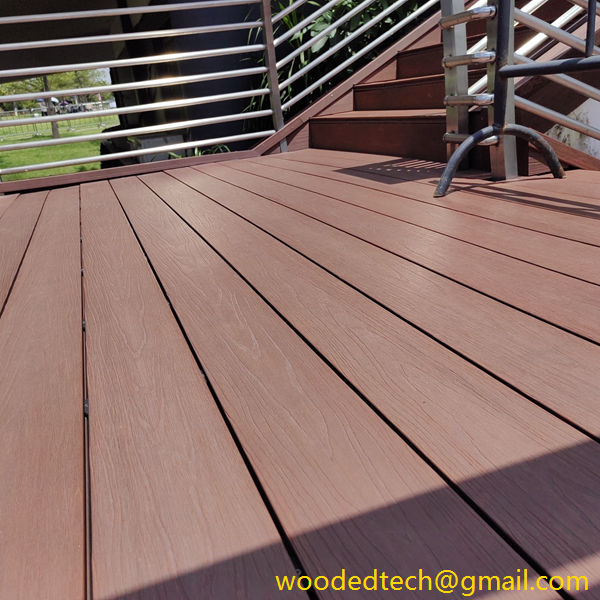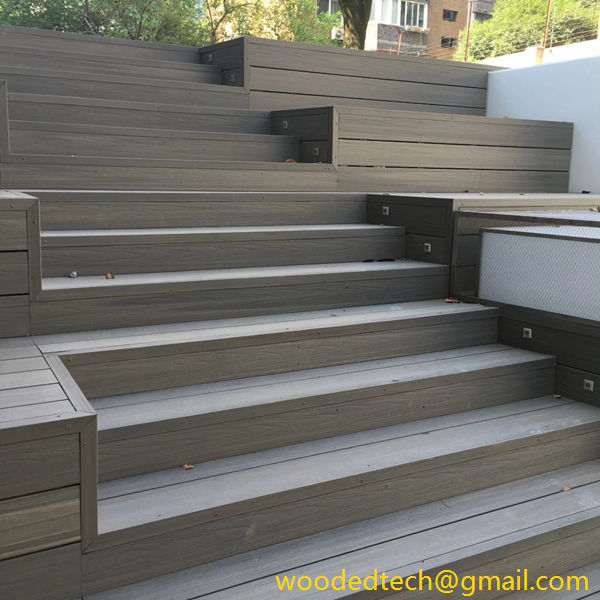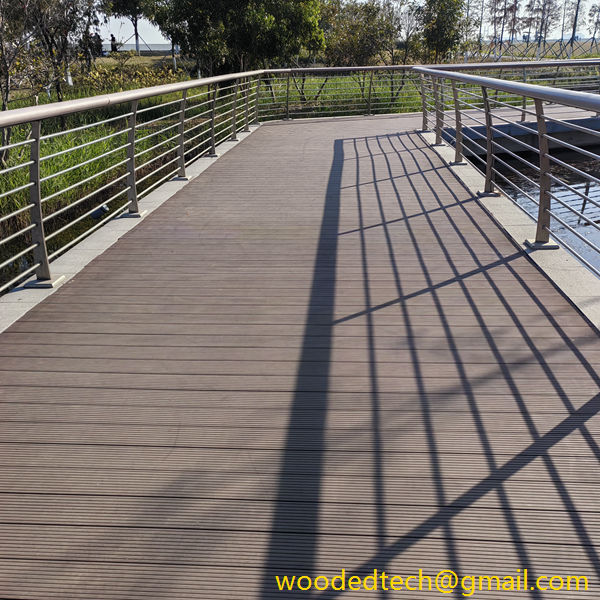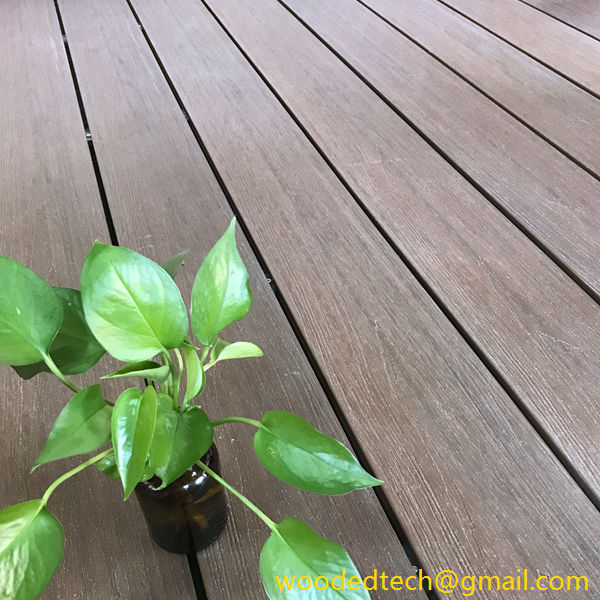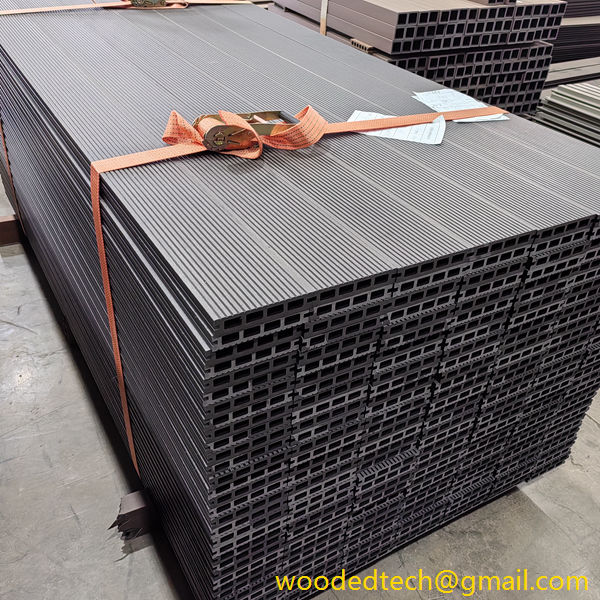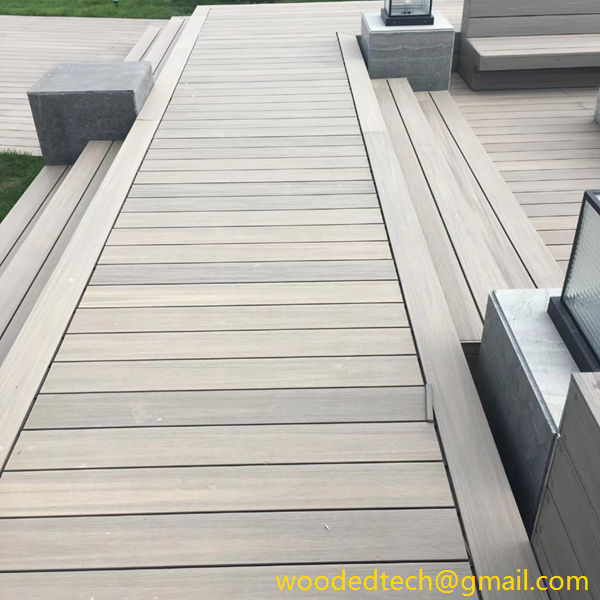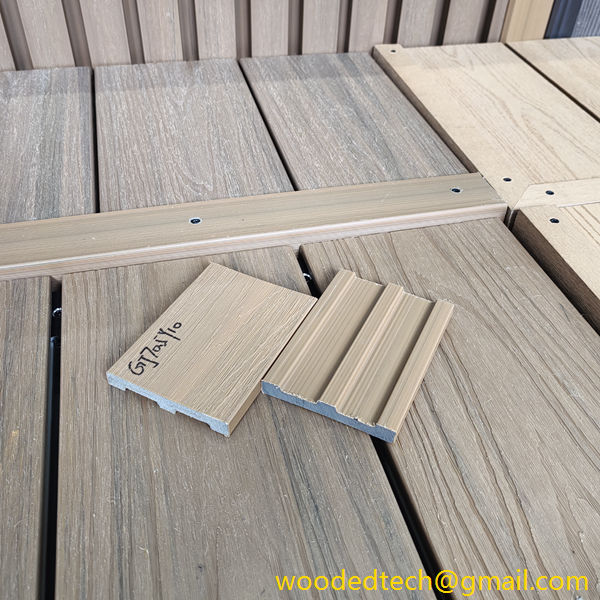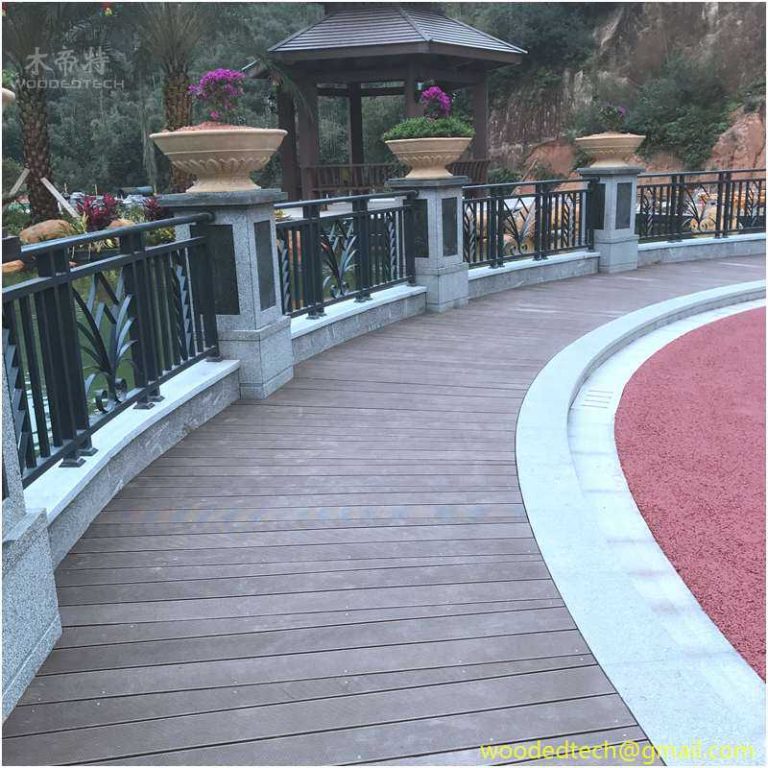Designing WPC Decking Stairs for Safe and Attractive Outdoor Access
Designing WPC Decking Stairs for Safe and Attractive Outdoor Access In recent years, the demand for outdoor living spaces has surged, leading to an increase in the variety and quality of materials used in construction, particularly for decks and stairs. Among the innovative materials that have gained popularity is Wood Plastic Composite (WPC). WPC combines…
Designing WPC Decking Stairs for Safe and Attractive Outdoor Access
In recent years, the demand for outdoor living spaces has surged, leading to an increase in the variety and quality of materials used in construction, particularly for decks and stairs. Among the innovative materials that have gained popularity is Wood Plastic Composite (WPC). WPC combines the best attributes of wood and plastic, resulting in a versatile, durable, and aesthetically pleasing product. When it comes to outdoor decking stairs, WPC offers a unique solution that emphasizes safety, attractiveness, and sustainability.
WPC is manufactured by combining wood fibers or flour with thermoplastics, such as polyethylene or polyvinyl chloride. This blend creates a composite material that mimics the look and feel of natural wood while providing enhanced durability and resistance to environmental factors. The first step in designing WPC decking stairs is understanding these material properties, which can significantly influence the design process.
One of the primary considerations in designing stairs is safety. Outdoor stairs must withstand various weather conditions, which can lead to slippery surfaces, especially when wet. WPC has inherent slip-resistant properties, which can be further enhanced through surface texturing or the addition of non-slip additives during manufacturing. Designers should ensure that the stairs have a proper tread depth and rise height, adhering to safety standards to prevent accidents. The ideal tread depth should be at least 11 inches, and the rise height should be between 4 to 7 inches. This ergonomic design facilitates ease of use for individuals of all ages.
In addition to safety, the structural integrity of the stairs is paramount. WPC is known for its strength and durability; however, proper engineering is essential to ensure that the stairs can support the weight of users and withstand environmental stressors. When designing WPC stairs, it is crucial to select the appropriate gauge of material and consider factors such as span length and support structures. The stairs should be designed with adequate support beams and posts to prevent sagging or potential collapse.
Another critical factor in the design process is the aesthetic appeal of the stairs. WPC materials come in a variety of colors, textures, and finishes, allowing for a high degree of customization that can enhance outdoor aesthetics. Designers can choose from wood-like finishes that replicate the appearance of traditional hardwoods to vibrant colors that add a modern touch to outdoor spaces. Furthermore, WPC can be easily shaped, allowing for creative designs that can incorporate curves, landings, or unique railing systems, adding to the overall visual appeal.
The integration of lighting features is another design consideration that can enhance both safety and attractiveness. Incorporating LED lighting into the stair risers or along the handrails can improve visibility during nighttime use, reducing the risk of accidents. Additionally, strategically placed ambient lighting can create an inviting atmosphere, making outdoor spaces more enjoyable for gatherings and events.
Sustainability is becoming increasingly important in construction and material choices. WPC is often lauded for its eco-friendly properties, as it is made from recycled materials, including reclaimed wood and post-consumer plastics. This characteristic not only reduces waste but also lessens the environmental impact associated with traditional wood decking, which often requires the harvesting of trees. When designing WPC stairs, it is beneficial to highlight these sustainable features, appealing to environmentally conscious consumers.
Maintenance is another important aspect to consider in the design of WPC decking stairs. One of the significant advantages of WPC is its low maintenance requirements compared to traditional wood. WPC does not require regular staining, sealing, or painting, which can save time and resources over the lifespan of the stairs. However, it is still essential to design the stairs with proper drainage to prevent water accumulation and ensure that the surface remains clean and free of debris.
Finally, compliance with building codes and regulations is a crucial element in the design process. Different regions may have specific requirements regarding stair dimensions, materials, and safety features. Designers must be familiar with these regulations to ensure that their WPC decking stairs meet all necessary standards, ultimately providing a safe and reliable structure for outdoor access.
In conclusion, designing WPC decking stairs involves a multidimensional approach that considers safety, aesthetics, sustainability, and maintenance. By leveraging the unique properties of WPC, designers can create stairs that not only enhance the functionality of outdoor spaces but also contribute to their visual appeal. As the popularity of outdoor living continues to grow, integrating advanced material technologies like WPC will play a vital role in the future of construction and design. Ultimately, the goal is to provide safe and attractive outdoor access that enhances the enjoyment of outdoor spaces for everyone.

